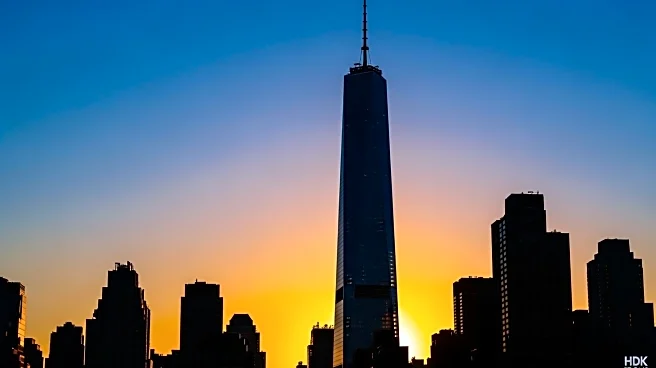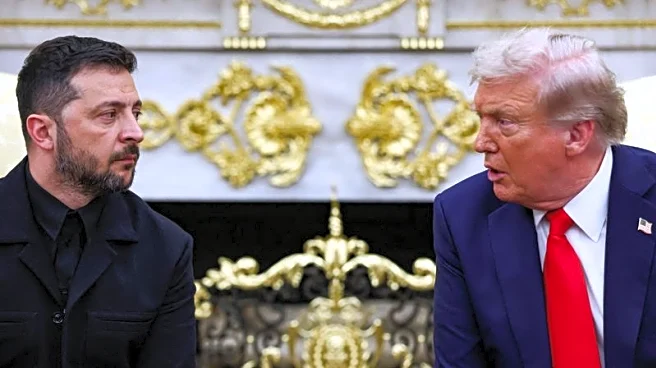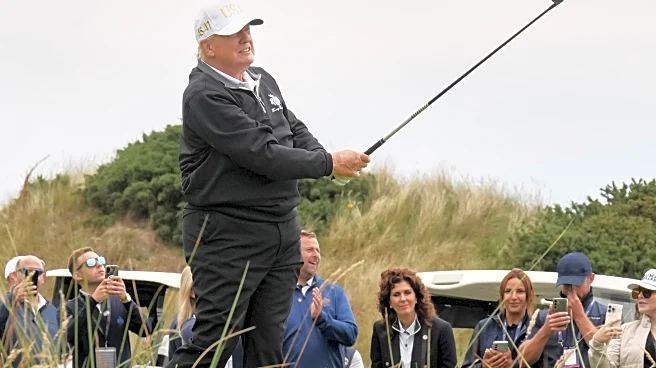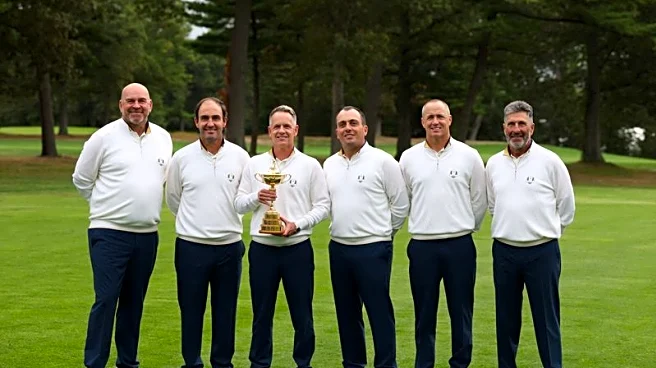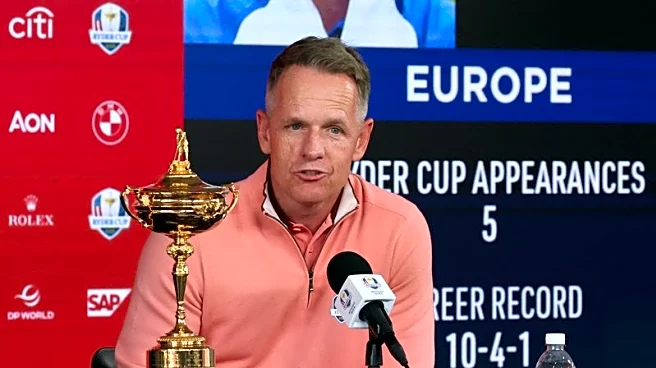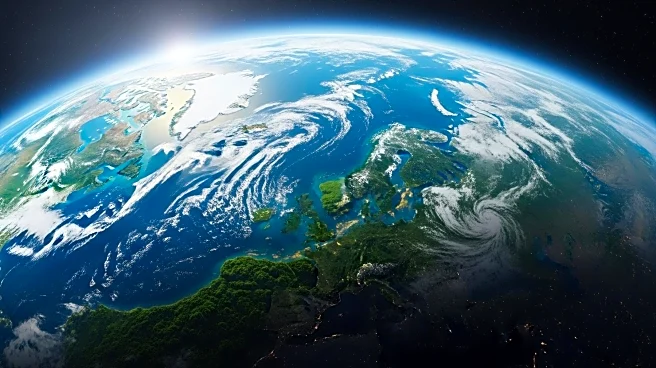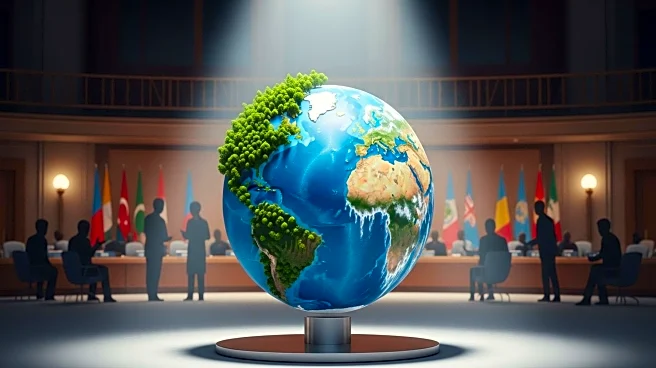What is the story about?
What's Happening?
An ultra-rare orange lobster, nicknamed Jean-Clawd Van Damme, was discovered at a Tops supermarket near Rochester, New York, and subsequently returned to the ocean off the coast of Long Island. The lobster, identified as a '1-in-30-million find,' was rescued by shopper Kyle Brancato, who recognized its rarity and contacted Humane Long Island for assistance. The lobster was housed in a cooler filled with tank water until volunteers transported it to Long Island's North Shore, where it was rehabilitated before being released back into the ocean. The release coincided with National Lobster Day, highlighting the humane treatment of lobsters, as many countries have banned boiling them alive due to the cruelty involved.
Why It's Important?
The rescue and release of the rare orange lobster underscore the growing awareness and advocacy for humane treatment of marine life. Humane Long Island's efforts to rehabilitate and release lobsters reflect a broader movement towards ethical practices in seafood consumption. This event also highlights the rarity of such finds, as millions of lobsters are killed annually in the U.S. The story serves as a reminder of the importance of conservation and the potential for individuals and organizations to make a difference in preserving marine biodiversity.
What's Next?
Humane Long Island encourages other stores to consider pardoning lobsters, especially around National Lobster Day, to promote humane treatment. The organization continues to advocate for ethical practices in seafood consumption and aims to raise awareness about the stress and cruelty lobsters face in captivity. Future efforts may include more rescues and releases, as well as educational campaigns to inform the public about the importance of marine conservation.
Beyond the Headlines
The event raises ethical questions about the treatment of marine life in the food industry. It challenges traditional practices and encourages a shift towards more humane methods. The story also highlights the role of individual action in driving change and the potential for community involvement in conservation efforts.
AI Generated Content
Do you find this article useful?



